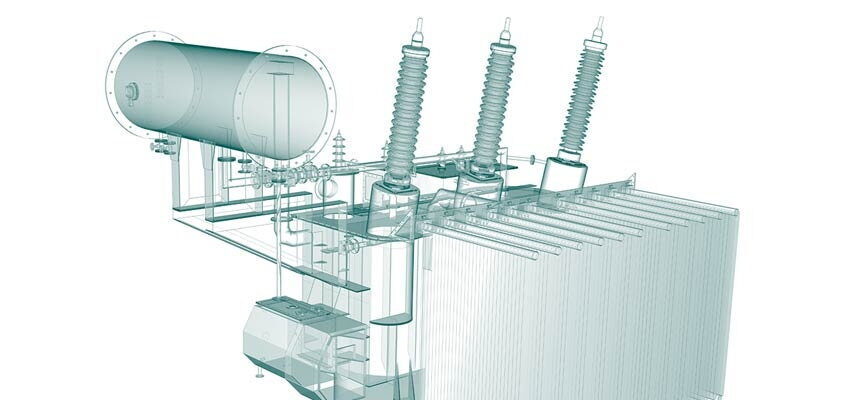
A General Overview of Power Transformer Diagnosis
Presuming they operate normally, average life expectancy of power transformers is around forty years. The manufacturer’s transformer warranty is valid for one to a few...
byJean Sanchez, Mladen Banovic

Presuming they operate normally, average life expectancy of power transformers is around forty years. The manufacturer’s transformer warranty is valid for one to a few years according the initial contract.
After commissioning and expiration of the initial warranty, the transformer asset is under the full responsibility of its owner.
To make transformers operate safely for as long as possible, it is sometimes necessary to assess its condition in order to prevent a major failure or any significant fault. Also, from the construction of a transformer, or a fleet of transformers, up to the end of its service life, many diagnoses may be performed and analysed.
The last worldwide study on transformer failures was conducted in 1983 by CIGRE Working Group [1] and it produced results based on a precise population of transformers over period of ten years. The average failure rate was around 2 %. Some main points in the report indicated that On Load Tap Changers (OLTC) seemed to increase the risk of transformer failures and that more transformer failure data had to be gathered worldwide and assessed. A significant amount of transformer failure data analysis would statistically lead to more precise studies and appropriate recommendations about transformer failure prevention, maintenance and diagnosis to improve their service life expectancy.
The worst kind of damage that could happen to a transformer is an explosion so we will discuss different ways of preventing such a disastrous event and other possible hazards.
Classic tests and information used for power transformer diagnosis
Failure and condition diagnosis of power transformers can be regarded as a way of testing an ability to withstand voltage and current over time by assessing all possible parts and components related to it.
Two main test types are carried out on power transformers – the factory tests and the field tests. There are two types of factory tests: Quality Assurance (QA) Tests for the manufacturer use during the construction process, and the Factory Acceptance Tests (FAT) which are contractual between the manufacturer and the client. Those tests are often carried out according to the IEC standard 60076 [2] and are conducted in the client’s presence.
Afterwards, most of the tests can be carried out onsite [3] but hardly any standard provides precise criteria for the result assessment. At best, they provide trends or slight indications, apart from the oil analysis that has been extensively studied. Finally, field test expertise is required in majority of cases in order to understand and diagnose potential or effective problems, especially if the previous test results indicated an incipient fault, a failure or any out of the ordinary condition of the transformer.
Electrical tests
Electrical tests are divided in two groups: Low Voltage (LV) and High Voltage (HV) tests where the limit is set at 1 kV. Most HV tests, such as induced voltage tests, partial discharge (PD) test or lightning impulse test, require the usage of heavy or highly specialised test devices and the appropriate expertise to interpret the results. Those tests are mostly carried out in the factory and rarely onsite. On the other hand, LV tests, like winding resistance, insulation resistance, tangent delta and voltage ratio, are relatively easy to perform in the factory as well as onsite.
Some recent tests with fingerprints over a frequency band (range) are becoming frequently used as they are easy to carry out, although the results are still not so easy to interpret. These types of tests are the Frequency Response Analysis (FRA), from a few Hz to several MHz, mostly used for identification of winding mechanical deformation caused by transportation shock or short circuits, or dielectric spectroscopy, which is a tangent delta test from low (around 100 Hz) to very low (a few mHz) frequency, used to assess the moisture enclosed in the solid insulation of the transformer.
Chemical tests
Two types of most frequently carried out chemical tests are: insulating oil tests and solid insulation tests when paper is accessible (very seldom except at the end of a transformer service life). Solid insulation tests estimate the “remaining life” by measuring the insulation Degree of Polymerisation (DP). There are many tests based on insulating oil (especially mineral oil) studies but the best-known one is the Dissolved Gas Analysis (DGA). It is quite cheap compared to the transformer cost and has been proven to lead to a reliable diagnosis of the transformer’s active part. The well-accepted standard for interpretation of the DGA is IEC 60599 [5], including the Duval triangle although further studies have shown some limitations.







